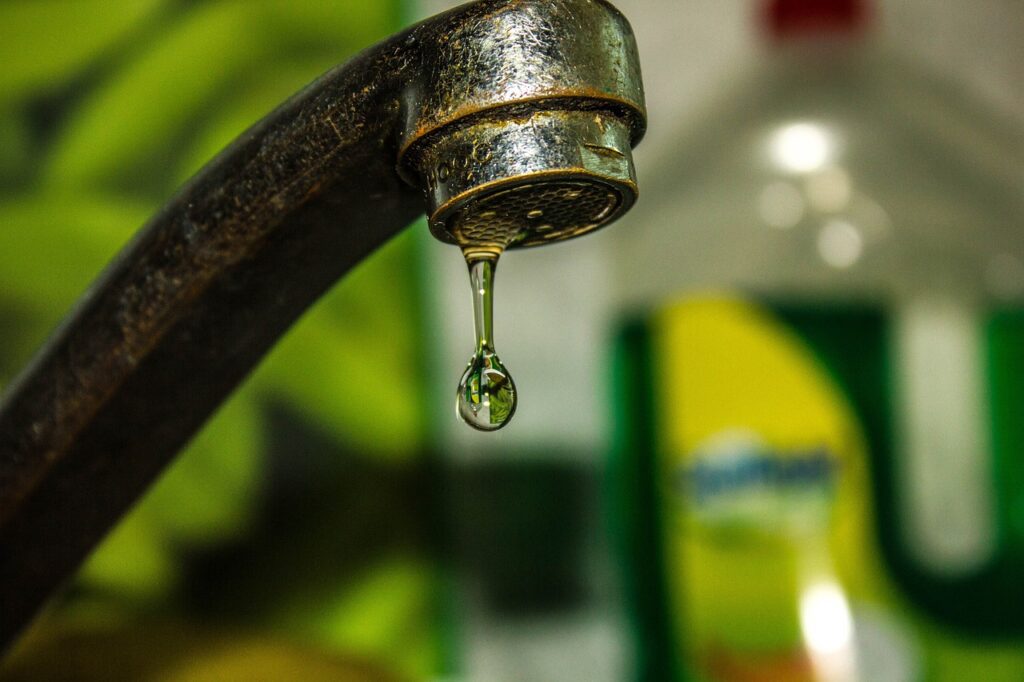Choosing the right pipe material is crucial for any plumbing project, whether you’re repairing existing plumbing or installing new systems. Each type of pipe material has its own advantages, disadvantages, and specific uses. Understanding the characteristics, applications, and considerations of different pipe materials will help you make informed decisions that ensure durability, efficiency, and compliance with plumbing codes. In this guide, we’ll explore the most common types of pipe materials used in residential and commercial plumbing.
Contents
1. Copper Pipes
Characteristics:
- Durability: Copper pipes are known for their longevity and resistance to corrosion.
- Reliability: They have a proven track record of reliability in plumbing systems.
- Flexibility: Copper pipes are flexible and can be bent to fit around obstacles.
- Safety: Copper is a non-toxic material, making it safe for transporting drinking water.
Applications:
- Potable Water: Copper pipes are commonly used for transporting drinking water in residential and commercial buildings.
- Heating Systems: They are suitable for both hot and cold water distribution and are often used in heating systems.
- Exterior Use: Copper pipes are resistant to UV rays and can be used for outdoor applications.
Considerations:
- Cost: Copper pipes can be more expensive than other materials.
- Installation: Requires specialized tools and skills for installation, especially soldering joints.
- Corrosion: While resistant, copper pipes can corrode over time, especially in areas with acidic water.
2. PEX (Cross-linked Polyethylene) Pipes
Characteristics:
- Flexibility: PEX pipes are highly flexible and can be bent around corners without fittings.
- Resistance: They are resistant to scale buildup and corrosion.
- Insulation: PEX pipes are better at retaining heat compared to metal pipes.
- Cost-Effectiveness: PEX is generally less expensive than copper and easier to install.
Applications:
- Potable Water: PEX is widely used for plumbing systems carrying drinking water.
- Hydronic Heating: Suitable for radiant floor heating systems and other hydronic heating applications.
- Renovation Projects: PEX’s flexibility makes it ideal for retrofitting and replacing existing plumbing.
Considerations:
- Fittings: Requires specific fittings and tools, such as crimp or clamp systems.
- UV Exposure: PEX is not suitable for outdoor use or direct exposure to sunlight.
- Long-Term Performance: Some concerns about long-term durability in high-temperature environments.
3. PVC (Polyvinyl Chloride) Pipes
Characteristics:
- Versatility: PVC pipes are available in a wide range of sizes and types for various applications.
- Chemical Resistance: They are resistant to chemical corrosion, making them suitable for drainage and wastewater systems.
- Cost-Effective: PVC is one of the most affordable pipe materials.
- Lightweight: Easy to handle and install due to its lightweight nature.
Applications:
- Drainage and Sewer Systems: PVC pipes are commonly used for underground drainage and sewer lines.
- Irrigation: Suitable for agricultural irrigation systems due to its resistance to chemicals.
- Ventilation: Used for HVAC ducts and vent pipes in buildings.
Considerations:
- Temperature Limitations: PVC pipes can become brittle at very high or low temperatures.
- Gluing Joints: Requires solvent welding for joints, which can be challenging for beginners.
- Expansion and Contraction: PVC pipes can expand and contract with temperature changes.
4. CPVC (Chlorinated Polyvinyl Chloride) Pipes
Characteristics:
- Temperature Resistance: CPVC pipes can withstand higher temperatures than standard PVC pipes.
- Corrosion Resistance: Resistant to many acids, bases, salts, and aliphatic hydrocarbons.
- Versatility: CPVC pipes are suitable for both hot and cold water applications.
Applications:
- Hot Water Distribution: Commonly used for hot water supply lines in residential and commercial buildings.
- Chemical Transport: Suitable for transporting chemicals and industrial fluids.
- Fire Sprinkler Systems: CPVC pipes are approved for use in fire sprinkler systems.
Considerations:
- Installation: Requires specialized solvent cement for joints, similar to PVC.
- Compatibility: Ensure compatibility with existing plumbing systems and components.
- UV Exposure: CPVC is not suitable for outdoor use or prolonged exposure to sunlight.
5. Galvanized Steel Pipes
Characteristics:
- Strength: Galvanized steel pipes are strong and durable, making them suitable for high-pressure applications.
- Corrosion Resistance: The zinc coating on galvanized pipes helps prevent corrosion and rust.
- Longevity: Can last up to 50 years or more with proper maintenance and care.
Applications:
- Water Supply: Used in water distribution systems, particularly in older homes and buildings.
- Outdoor Use: Galvanized pipes are suitable for outdoor applications due to their corrosion resistance.
Considerations:
- Scale Buildup: Over time, mineral deposits can build up inside galvanized pipes, reducing water flow.
- Replacement: As galvanized pipes age, they can become prone to corrosion on the interior.
- Cost: Generally more expensive than PVC or PEX pipes.
Conclusion
Choosing the right pipe material for your plumbing project involves considering factors such as durability, cost, installation requirements, and specific application needs. Each type of pipe material has its own set of advantages and considerations, and selecting the appropriate material will ensure efficient and reliable performance of your plumbing system. Whether you’re repairing existing pipes or installing new ones, understanding the characteristics and applications of different pipe materials is essential for making informed decisions and achieving long-term satisfaction with your plumbing infrastructure. By taking the time to evaluate your options and consult with plumbing professionals when needed, you can ensure that your plumbing system meets both current needs and future demands effectively.










